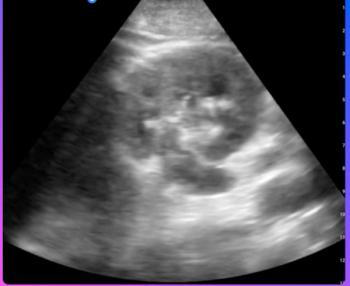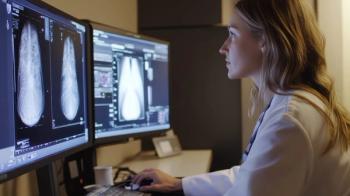
Legal costs slash profits of DEXA firms
Bone densitometry competitors Lunar and Hologic are enjoying asurge in demand for their products thanks to Medicare reimbursementof dual-energy x-ray absorptiometry (DEXA). Unfortunately, theongoing legal battle between the arch-rivals is making it
Bone densitometry competitors Lunar and Hologic are enjoying asurge in demand for their products thanks to Medicare reimbursementof dual-energy x-ray absorptiometry (DEXA). Unfortunately, theongoing legal battle between the arch-rivals is making it difficultfor the companies to enjoy the fruits of their labors.
Both firms have posted quarterly financial results that showrevenues up. Income figures are less stellar, however, due tolegal costs incurred in patent litigation between the firms (SCAN9/14/94).
Lunar posted a 38% increase in revenues for its fourth quarter(end-June), to $12.8 million from $9.3 million in the fourth quarterof 1994. The Madison, WI, firm had annual revenues of $44.6 million,a 48% increase over $30 million in sales recorded in the 1994fiscal year.
Lunar's net income for the most recent quarter dropped 5%,to $1.6 million from $1.7 million in the corresponding perioda year ago. The company had a profit for the year of $6.7 million,up 15% from $5.8 million in fiscal 1994.
Hologic of Waltham, MA, recorded revenues of $11.3 millionfor its third quarter (end-June). That's up 3% compared to thethird quarter of 1994, when the firm had $10.9 million in sales.Year-to-date revenues stand at $30.5 million, up 7% compared tothe same period in 1994.
Hologic's net income for the third quarter was $487,668, down59% from the $1.2 million recorded in the same period a year ago.For the year to date, net income stands at $1.3 million, down48% from $2.5 million for the first nine months of 1994.
Chief executives from both companies attributed the lower profitsto the patent litigation, which includes several lawsuits relatingto bone measurement technology. Hologic said it spent $800,000on legal costs in the third quarter, while Lunar spent almostan equal amount, $766,000. The first trial date for the litigationhas been scheduled for Sept. 25.
Newsletter
Stay at the forefront of radiology with the Diagnostic Imaging newsletter, delivering the latest news, clinical insights, and imaging advancements for today’s radiologists.


























